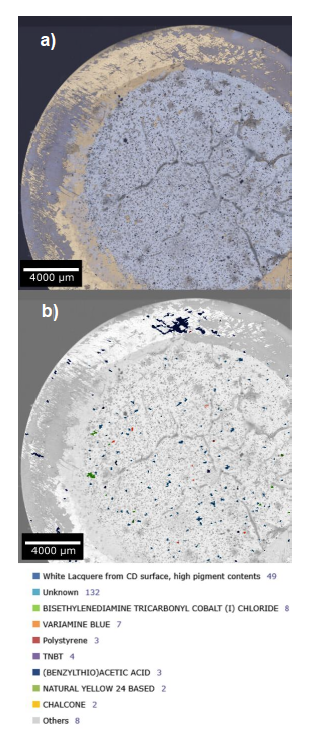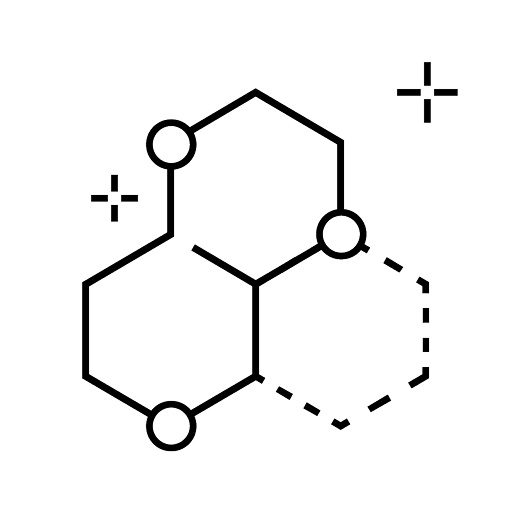Unravelling Plastic Pollution in Deep Sea Environments

Microplastics, defined as plastic particles smaller than 5 millimetres (mm), have become a pervasive environmental issue, contaminating ecosystems from coastlines to the deep sea floor. Ocean currents transport these particles, eventually polluting deeper marine layers, impacting marine life, nutrient cycling, and sea floor structure. Studying microplastics in deep sea sediments is challenging, especially for particles smaller than 50 micrometers (μm), which may pose unknown risks to marine organisms.
SDU researchers Ronnie N. Glud and Elvis Genbo Xu from the Danish Center for Hadal Research and the ecotoxicology Group, collaborating with NANOCHEM and the Interreg project PlastTrack, used advanced techniques like confocal Raman imaging, Secondary Ion Mass spectrometry (SIMS), and Nanoscale Fourier Transform Infrared spectroscopy (nanoFTIR) to identify microplastics in marine sediments collected at 8,000 meters depth.
In this study, we identified microplastics in the ground sediment, derived from everyday materials (see Figure). Most of these particles were identified as heavy, suggesting a tendency to settle in deep marine ecosystems. The preliminary results revealed that microplastics varied in size, ranging from very small to relatively large particles, with a considerable portion falling within the medium-size category.
These findings and further ongoing studies from the micro- to the nano-range enhance our understanding of how plastics move and accumulate in the ocean, building the basis for the development of strategies to reduce plastic pollution and protect deep sea ecosystems.


We combine optical and non-optical imaging on the nanoscale towards a unique national nanoscale chemical imaging facility
Quick Links
Get In Touch
© Nanochem 2024. All Rights Reserved.